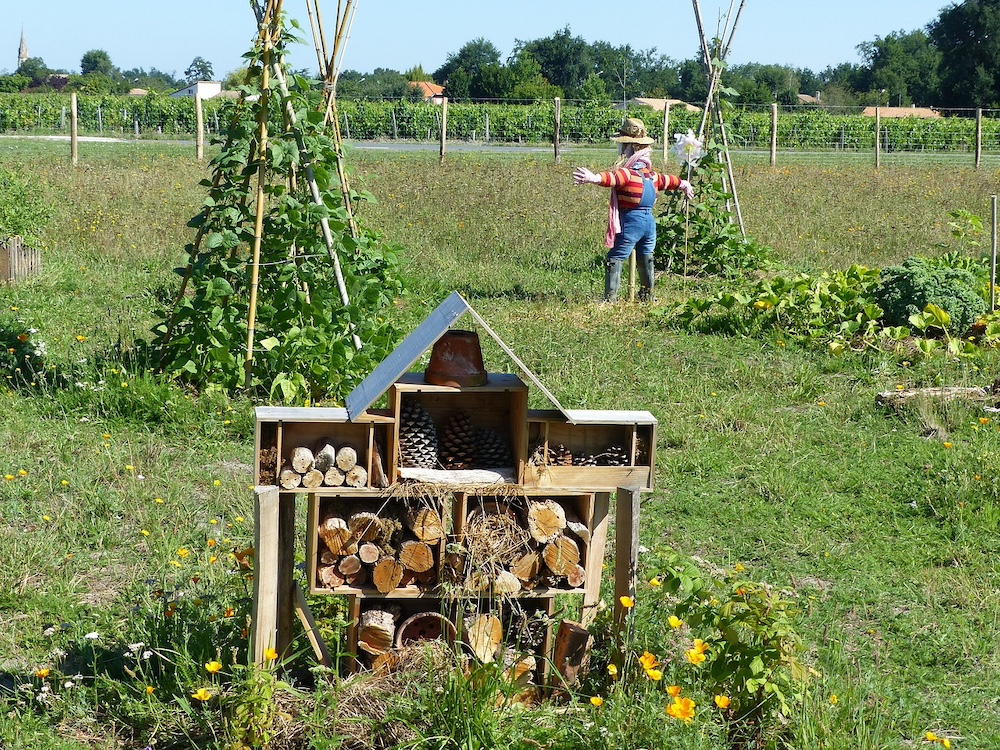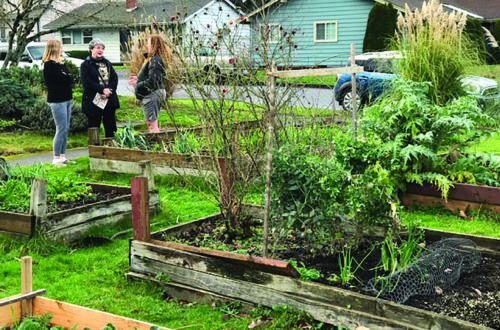Farmers have tested sustainable techniques for decades, from regenerative agriculture to the zero-waste movement. However, permaculture is a timeless resource for veteran and budding planetary advocates alike, even in a home garden. What are the permaculture principles?
What Is Permaculture?
Permaculture is a design system coined by David Holmgren that considers the environment’s well-being. It applies to many fields, including renewable energy, forestry, and countless home uses, such as gardening. The concept originates in agriculture, and it intended to create a food production method that was simultaneously considerate of humanity and the planet. It allows natural and human-made systems to live symbiotically, creating the most resilient communities because they consider climate change’s influence.
Understanding permaculture requires knowledge of its principles. These concepts guide individuals who want to practice them in their gardens, farms, research, or lifestyles. Each one revolves around working with the planet instead of against it. Regardless of what resources and impact people may have on the Earth, permaculture practices ensure it will be able to recover from human interference.
People Care
Permaculture may be about healing the world, but it needs humans to connect and collaborate for impact, too. The practice hopes to align community values to a shared goal, being as productive in supporting as many individuals and nations as possible.
Holmgren’s intention was for one eco-conscious project to inspire others, spreading more good across the planet. The principles under this umbrella surround practical habits and techniques people can implement anywhere, including:
- Obtain a yield: Evaluating crop care and maintenance for plants of higher quantity and quality
- Apply self-regulation and accept feedback: Reviewing how the plants and gardeners behave and respond to care, changing course as necessary
- Use edges and value the marginal: Realizing there is value in spaces people overlook, such as porches and property edges
- Design from patterns to details: Choosing garden placement and structure by leaning into individual habits and preferences
Gardeners care for their plants, making it easy and pleasurable to do the work. Embracing people care could look like moving a garden bed to remind someone of frequent watering, or learning more about forageables to take advantage of edges and marginal spaces.
Earth Care
Curious minds still recognize the beauty of a mountaintop, but it isn’t the same as when covered with densely packed snow. Tourists may travel to once-lush forests to find clear-cutting has exploited the region. Permaculture principles strive to negate and recover from adverse impacts the climate and humans have had on natural spaces.
Several modern strategies are vital in reviving struggling environments. The permaculture principles embodying Earth care are:
- Observe and interact: Paying attention to the historical influences and current state of a space to reveal improvement opportunities
- Catch and store energy: Finding solutions for storing surplus energy and resources, such as water conservation and food preservation
- Use and value renewable resources and services: Making fossil fuels obsolete for clean energy and understanding the regenerative marvel of a good harvest
- Produce no waste: Eliminating waste streams and practicing responsible consumption alongside a management plan
This may look like instituting a composting system or installing solar panels in a personal garden. People may also perform soil tests or surveys to observe the land’s quality and health instead of planting wherever they want.

The collaborative impact is an emotional pillar of Earth care, which people can embrace by starting co-ops and community gardens. There has been a significant rise in cooperative organizations with sustainable motivations in the last several decades. As co-ops continue to thrive, they cultivate a greener landscape and encourage sustainable business practices.
Fair Share
Those who care about the planet will read the United Nations Sustainable Development Goals and recognize how many environmental topics overlap with human rights and equity. Permaculture principles maintain a holistic perspective on ecological restoration by asserting intersectional, happy, and accepting communities are the most capable of genuine care for the natural world.
Therefore, developing resource access with imagination and innovation is critical to success. Doing so requires individuals and corporations to overcome prejudice and learn how to share overabundances responsibly. The remaining permaculture principles encapsulate fair share, including:
- Use and value diversity: Diversifying what species are planted in the garden and the types of people working with them
- Use small and slow solutions: Learning and growing knowledge and capabilities at a steady, realistic pace
- Creatively use and respond to change: Challenging old strategies to discover new solutions to environmental problems
- Integrate rather than segregate: Collaborating with other organizations and diverse communities for positive action or discovering synergies in planting combinations
Practicing these principles can be global or exclusive to the home. For example, valuing diversity may manifest as planting more native species to attract a diverse population of pollinators or growing new produce. It could also be working with an activist group and highlighting marginalized voices in climate discourse. The principles are versatile and open-ended for a reason.
Permaculture Principles to Live By
Human-caused climate change has impacted how the planet responds to humans, with natural disasters being the most notable example. However, considering permaculture throughout life may reduce those burdens for future generations, solidifying Holmgren’s mission to form a stronger species and Earth.
Permaculture engages with sustainability from all points of view. It considers human and animal treatment alongside restorative practices that will bring the planet back to its prime.
Jack Shaw is the senior Outdoors writer for Modded, a men’s lifestyle publication. An avid outdoorsman and lover of nature, he’ll often find himself taking retreats out to explore his environment and encourages others to do the same in ways that are sustainable and beneficial to the environment.
Image by Stéphane CHADOURNE from Pixabay





